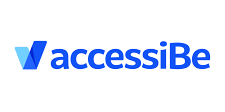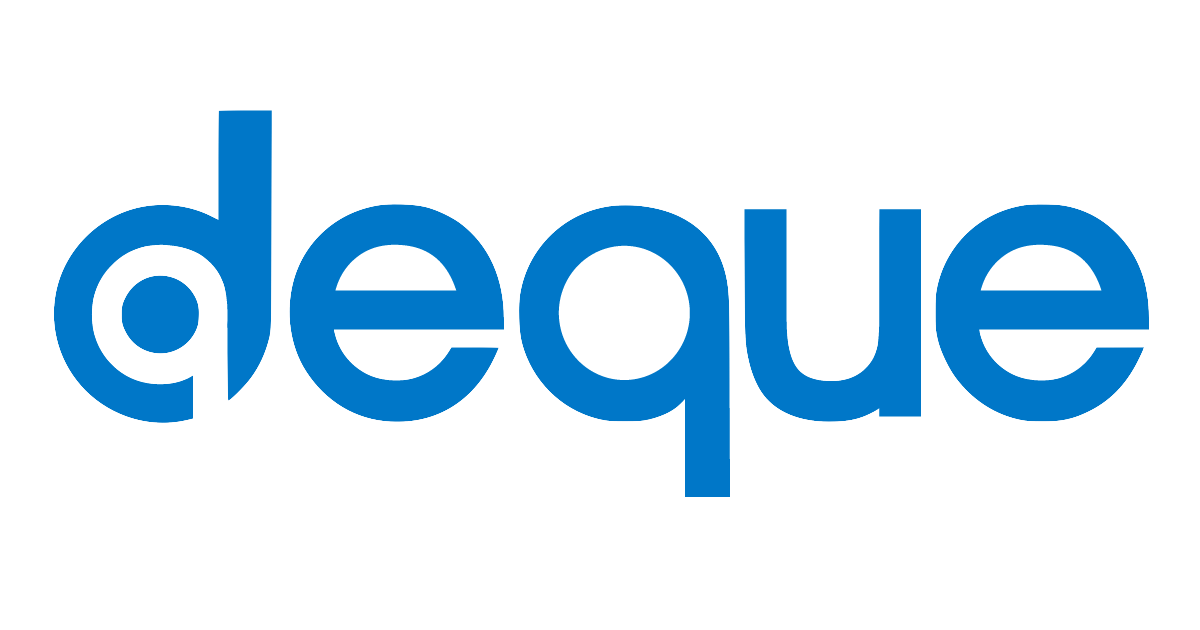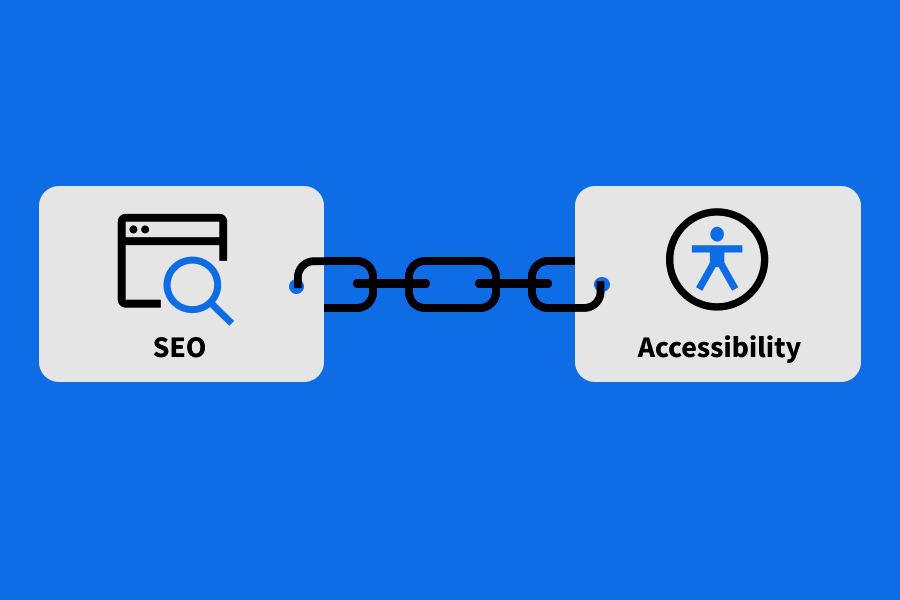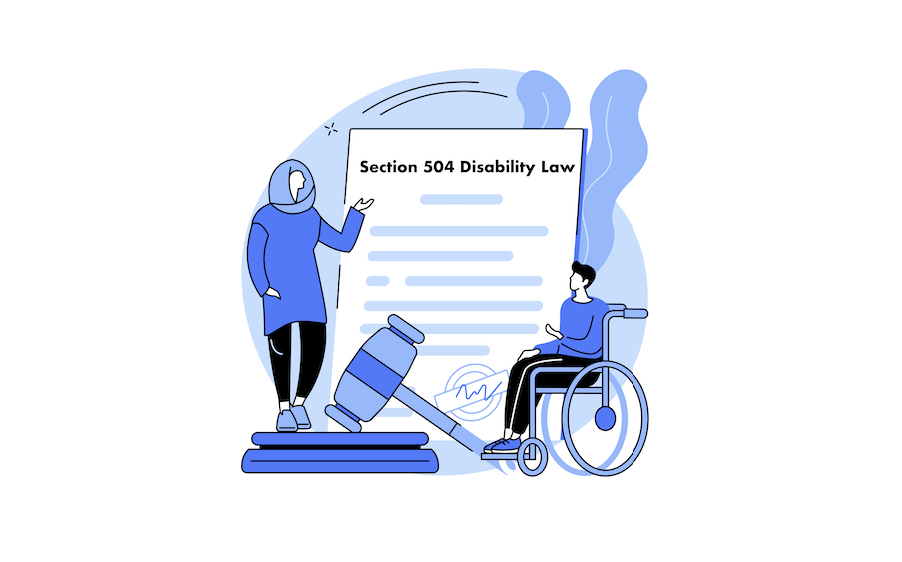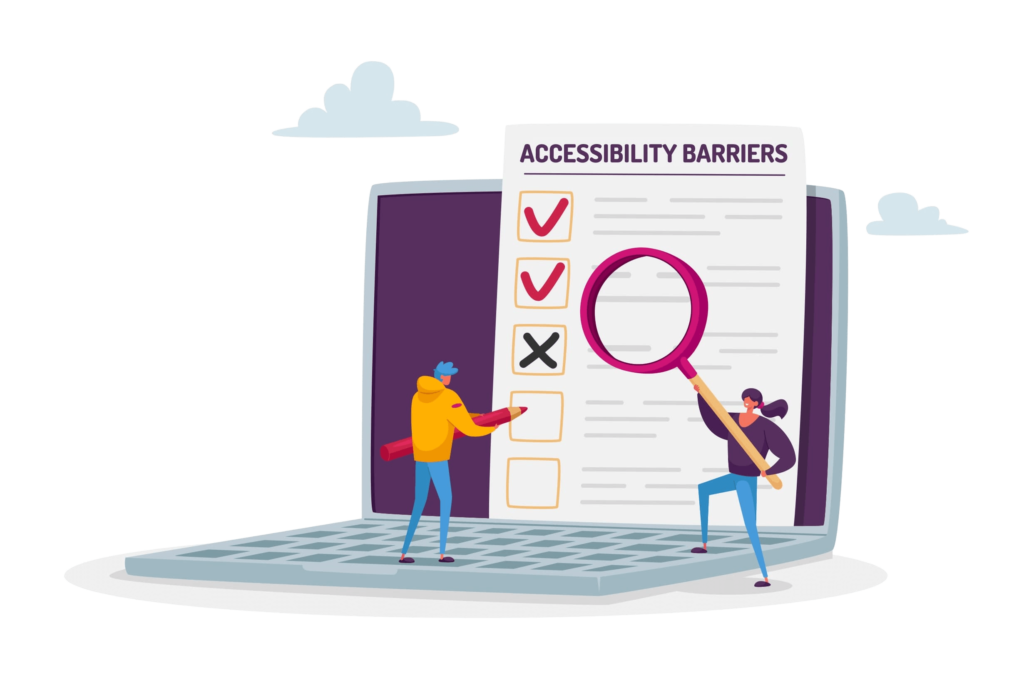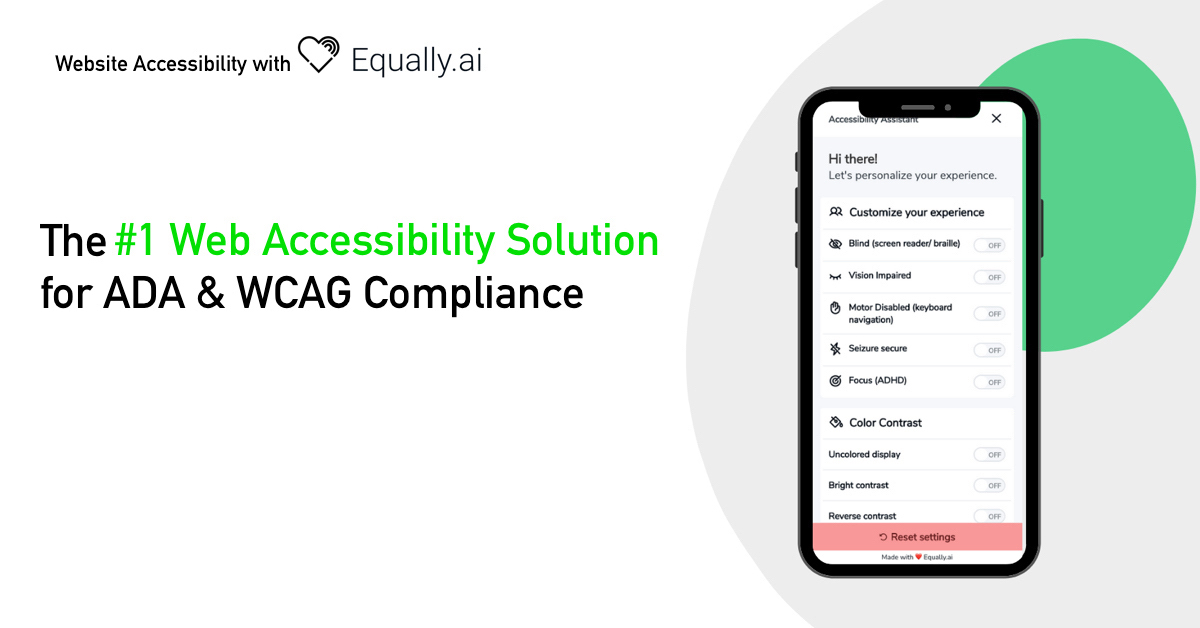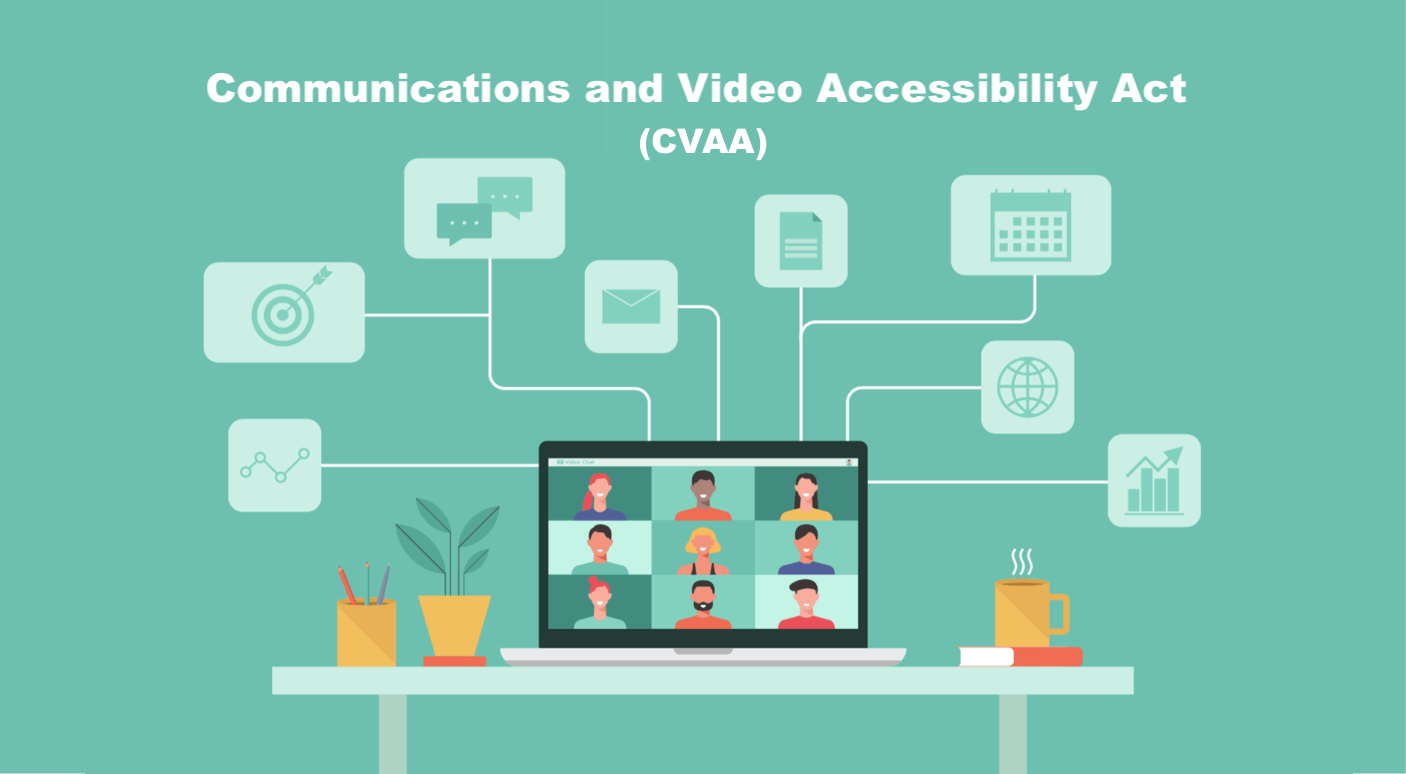
The Twenty-First Century Communications and Video Accessibility Act or the CVAA is the most important accessibility legislation or compliance since the 1990 Americans with Disabilities Act (ADA) came into existence. It became a law on October 8, 2010. Today, millions of Americans with disabilities rely on this Act to fully benefit from emerging communication services advancements. This article provides an overview of the CVAA, its basic provisions, and compliance tips.
What is the CVAA Compliance?
The CVAA or Twenty-First Century Communications and Video Accessibility Act is another accessibility law that seeks to level the field for people with disabilities. The target of the Act is to increase access of people with disabilities to modern communications. Rather than a new invention, the CVAA came to widen the scope of existing accessibility laws such as Title III of the Americans with Disabilities Act (ADA), Section 508, et cetera.
Title I of the Twenty-First Century Communications and Video Accessibility Act imposes high accessibility standards on advanced telecommunication services and products, while title II homes in on requirements for video programming accessibility.
The Communications and Video Accessibility Act affects organizations that provide video programming, especially when it delivers Web-based videos which were originally captioned on TV. Meanwhile, the Act does not include programs broadcast strictly on the internet, neither does it apply to YouTube videos. On the other hand, CVAA also applies to manufacturers of equipment for advanced communication services (ACS) and service providers. Such equipment could be software, hardware, a user interface layer, and an application.
Advanced communications service (ACS), according to the CVAA Consumer Guide, include:
- Voice over Internet Protocol (VOIIP) interconnected services: that enable two-way communication in real-time and require a broadband connection from the user’s location.
- Non-interconnected VOIP service allows real-time voice communication using Internet protocol or any successor protocol compatible with customer premises equipment.
- Electronic messaging service provides messages in textual non-voice format in real-time or near real-time (e.g., text messaging, instant messaging, email). It does not include blog posts or posts on social networking sites but may include other forms of two-way communication on such sites.
- Interoperable video conferencing service: that provides video and audio communications in real-time and allows users to share desired information
CVAA and Video Programming Accessibility
Under Title II, the CVAA mandates that television programming should incorporate accessibility requirements. The same goes for streaming video. Thus, television programming which had been previously aired on TV and which contained closed captioning must retain that captioning when redistributed as video.
Also, television interfaces and set-up boxes must provide accessibility options for people with visual impairment. All television providers with technology to pass audio description tracks must do so. Lastly, program guides and broadcasts should make video descriptions available and promote them to potential audiences.
CVAA accessibility requirements
The Communications and Video Accessibility Act provides that people who are visually impaired or blind should be granted access to the internet via mobile web browsers.
Similar to the Authoring Tools Accessibility Guidelines (ATAG) 2.0, the CVAA, under Section 716, requires providers and creators of ACS tools to make their products and services usable by disabled people. Thus, telephone-like devices meant for advanced communication functions should feature hearing aid compatibility.
In abiding by this section of the Act, they may build accessibility features into these facilities or services. Otherwise, such ACS equipment should be able to sync with third-party applications, software, hardware, peripheral devices, or customer premises equipment (“CPE”) that are available to the public at a low cost.
Meanwhile, the CVAA accessibility requirements apply only to equipment produced and services provided after the Act takes effect. As such, manufacturers of ACS equipment do not have to retrofit existing products to meet this accessibility. However, such a product must comply with the regulation during redesign or update.
As per the dissemination of emergency information, the Communications and Video Accessibility Act requires distributors of video programming and providers to convey emergency information in a manner that does not deny people with disabilities.
The CVAA requires video programming devices, television providers, and broadcasters to transmit emergency information in an accessible format for the visually impaired. An example of this format is the use of a news ticker (also called “crawler” or “slide” are text-based displays of headlines typically at the lower part of the screen. They announce weather warnings, election results, or stock price).
What are the exemptions to the Twenty-First Century Communications and Video Accessibility Act?
You might be wondering whether the Communications and Video Accessibility Act applies to all entities or all ACS devices. The answer is no. Section 716 waives these strict requirements for services and equipment designed primarily for other purposes and serves as a platform for advanced communication. I should hasten to add that this waiver no longer covers video games.
Despite its huge significance, the CVAA is a somewhat flexible regulation. Drawing on its flexibility, the Act provides for the exemption provided an entity or ACS tool genuinely satisfies four conditions after an “achievability analysis” in terms of:
- The nature of the advanced communication equipment in question as well as the cost of the process of achieving requirements of the Act
- The economic and technical impact of the process of achieving compliance, including development and deployment of new technologies and their operation
- The type of operation of the service provider or manufacturer of ACS facility
- Finally, the extent to which the manufacturer or service provider offers accessible products or services with varying degrees of functionality and features. In other words, entities or organizations that produce this equipment are not obligated to meet these standards for every product. Such a brand offers end-users different products that tend to a full range of disabilities at varying prices and with varied functionalities.
Although these four terms are what the regulation spells, considering an entity for exemption or non-achievability of accessibility requirement may include other factors such as its accessibility budget, efforts to enlist disabled people for testing, the previous record of delivering accessible services or products, and top executives’ involvement in the effort to be compliant. These are what count as reasonable efforts towards achieving accessibility compliance.
CVAA compliance and Video Game
The 21st Century Communications and Video Accessibility Act does not stop at video programming but extends to video game accessibility. In order to make the campaign for accessibility all-encompassing, creators of video games, subsequently, should prioritize the interest of disabled gamers. The Act requires that video game functionalities be accessible to people with disabilities, whether visual, motor, speech, hearing, or cognitive.
From the beginning, the CVAA did not target video games. In fact, video games have always been exempted from meeting accessibility requirements for advanced communications services (ACS) since their primary aim is other than communication. Lately, however, video games have become more sophisticated, and many have incorporated advanced communication functionalities.
A good example of an advanced communication service in video game software is chat functionality. Video games like Pro Evolution Soccer 2018, Xbox One, etc., support chat functionality, allowing players to communicate and play in groups. Consequently, it became mandatory to extend the act to video games starting from December 31, 2018, when the waiver expired (CVAA)
How to comply with the CVAA?
The Federal Communications Commission (FCC) wants manufacturers and providers of advanced communication facilities to keep a record of their efforts to consult with people with disabilities to provide products/services that meet their needs. This requirement becomes an obligation after the Act comes into effect. Obviously, in 2021, it means that your organization does not have any further excuse to evade record-keeping if it falls under covered entities.
As of 2013 (three years after the enactment of the Act), manufacturers and service providers are duty-bound to make Internet browsers for mobile phones accessible to people with visual impairment. It is noteworthy that this provision does not include content on the web or mobile applications. Digital accessibility is the crux of the WCAG as well as other international accessibility guidelines and regulations.
Also, manufacturers and service providers must present records that convincingly demonstrate accessibility features of their products or services. This record should contain details of their products’ compatibility with third-party devices. Another critical effort towards CVAA compliance is to exclude functionalities, such as network features, that could impede accessibility.
Conclusion CVAA Compliance
It is important to understand and comply with the Twenty-First Century Communications and Video Accessibility Act requirements. The CVAA was enacted for the public good and not to inconvenience manufacturers of advanced communications services or service providers. To this end, the CVAA does not impose retrofitting of existing equipment or services, unlike website accessibility laws which require remediation of digital property to achieve compliance.
Also, to ease the affected brands’ procedure, the Federal Communications Commission introduced different requirements with sufficient deadlines to meet these targets. Today, there are no excuses for non-compliance.


